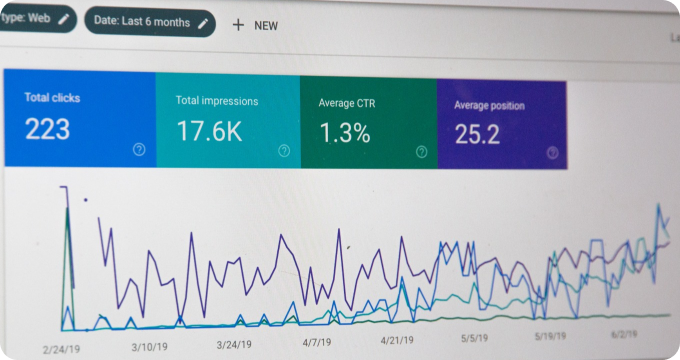6 Things I Wish I'd Known About Credit Scoring Software Before Implementing One
- December 02, 2023
- 2 minutes
The implementation of Credit Scoring Software (CSS) into one’s business procedures is a step that demands a comprehensive understanding of the nuances, intricacies, challenges, and potential benefits involved. While it is a powerful tool that leverages data and analytics to streamline credit approval processes, the path to harnessing this tool is replete with complexities that need to be considered and prepared for before embarking on its implementation. As someone who has been through this journey, I can attest to the fact that a deeper knowledge of these complexities would have made my experience smoother and more efficient. Hence, I would like to share six insights that would be invaluable for anyone thinking of bringing CSS into their operational fold.
- The Importance of Data Quality: The essence of a CSS lies in its ability to manipulate data to provide accurate credit scores. Therefore, the quality of data fed into it directly influences the accuracy of its output. Highly heterogeneous data, inaccurate data, or missing data can lead to skewed credit scores, ultimately affecting decision-making. Before implementing a CSS, one should ensure the data's integrity and completeness, which is to be fed into the system. Data cleansing and data validation procedures need to be put in place to ensure the CSS receives the best data quality.
- Characteristics of a Sound CSS: Not all credit scoring software is created equal. Some are more comprehensive and accurate than others. A sound CSS should incorporate a wide range of variables, including personal data, financial data, and behavioral data. It should consider macroeconomic factors and industry trends as well. The algorithm should be robust and flexible, able to adapt to changing market conditions and customer behavior. The ideal CSS should provide a holistic view of the borrower's creditworthiness, not just a narrow perspective based on a few variables.
- The Legal and Regulatory Landscape: The use of CSS can be a minefield of legal and regulatory challenges. Laws such as the Fair Credit Reporting Act (FCRA) and the Equal Credit Opportunity Act (ECOA) have set specific requirements for credit scoring. Additionally, data privacy laws may restrict the types of data that can be used. Before implementing a CSS, one must familiarize themselves with these laws and ensure their system complies with all relevant regulations. It is advisable to consult with a legal expert in this field.
- The Cost Factor: Implementing a CSS is not an inexpensive undertaking. Costs can include the software purchase, customization, data integration, training, maintenance, and updates. It is essential to conduct a cost-benefit analysis before deciding to invest in a CSS. Consider the potential return on investment (ROI) in terms of improved decision-making, reduced default risk, and operational efficiency.
- Integration with Other Systems: A CSS does not operate in isolation. It needs to interact with other systems such as Customer Relationship Management (CRM), data management, and risk management systems. The degree of integration required depends on the complexity of the organization and its credit operations. It would be best to consider this aspect while choosing a CSS and plan for it during the implementation phase.
- Training and Change Management: Implementing a CSS requires a shift in the way credit decisions are made, moving from a judgmental approach to a data-driven one. This change can meet with resistance from employees who are used to the old way of doing things. It is crucial to manage this change effectively through training and communication. Employees need to understand the benefits of the new system and how to use it effectively.
In conclusion, implementing a credit scoring software is a significant yet worthwhile undertaking. It can transform the way an organization makes credit decisions, making the process more efficient, objective, and accurate. However, to reap these benefits, one needs to navigate the complexities involved carefully. Understanding these six aspects can help ensure a smooth and successful CSS implementation, optimizing the return on this strategic investment.
Learn More
Unleash the power of financial knowledge by diving deeper into our enlightening blog posts about credit scoring software. They are encouraged to explore our impartial and comprehensive rankings of the Best Credit Scoring Software to make an informed decision.
Popular Posts
-
 5 Compelling Reasons Why Your Business Needs Credit Scoring Software
5 Compelling Reasons Why Your Business Needs Credit Scoring Software
-
 Debunking 10 Myths Surrounding Credit Scoring Software
Debunking 10 Myths Surrounding Credit Scoring Software
-
 Ask These Questions to a Credit Scoring Software Provider to Choose the Right One for Your Business
Ask These Questions to a Credit Scoring Software Provider to Choose the Right One for Your Business
-
 What are Credit Scoring Software Systems and How Do They Work?
What are Credit Scoring Software Systems and How Do They Work?
-
 6 Things I Wish I'd Known About Credit Scoring Software Before Implementing One
6 Things I Wish I'd Known About Credit Scoring Software Before Implementing One






